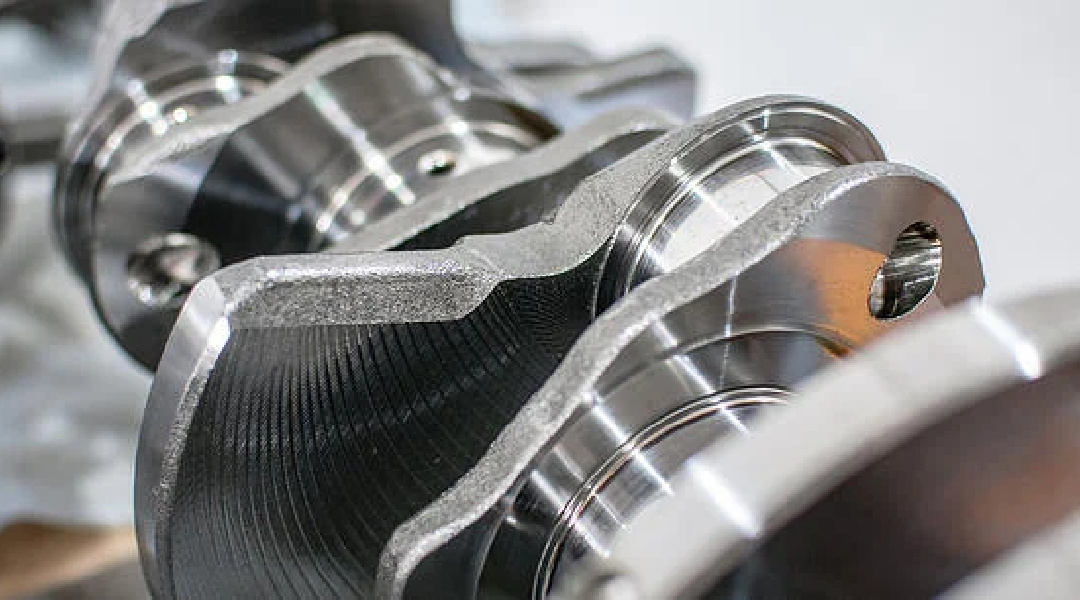Thermal spraying is a process and technology which can be used to improve or restore a workpiece’s surface. The process is often used to apply coatings to a wide range of materials and components: providing resistance to wear, erosion, cavitation, abrasion, or heat. Let’s take a quick look at different types of thermal spray coating processes as well as the specific application for these coatings across different industries.
Ten Centerless Grinding Facts that may Surprise You
The first thing to know about thermal spray coating is that with multiple methods come multiple materials used in the thermal spray, and they are distinguished by both heat source and the base material used for deposition. All methods of thermal spray (TS) involve the projection of small particles onto a cleaned and prepped surface where they adhere to a form one seamless coating. The process also can produce many successive layers.
But on to the main topic of this article: there are five frequently used processes, let’s talk about them:
1. Two-Wire Electric Arc
This spraying method uses an arc point that is created between two wires which are electrically conductive. Melting occurs where the wires connect. The arc allows for heating which also creates deposition and melting, similar to combustion flame spraying which, in turn, creates deposition and melting.
2. Combustion Flame Spraying
Combustion flame spray is excellent for those surfaces which aren’t designed to handle extreme stress. These coatings do not strongly adhere to the substrate because the spraying mechanism is powered by a lower flame velocity. The flame is generated via oxygen which has been combined with fuel to melt the mixture.
3. Plasma Spraying
Plasma spraying uses a plasma torch as the main tool for heating and spraying the coating. After the powder is melted down, the product is placed on the product similar to the combustion flame spraying. The resulting coating can be as thin as a few micrometers. While the powder is most commonly used, metals and ceramics are also used.

Proper finishing techniques prevent corrosion and rust.
4. Vacuum Plasma Spraying
Vacuum plasma spraying is done in a controlled environment, using low temperatures. This maintains the vacuum while also reducing damage to the material. A variety of gas combinations may be used to get the necessary pressure for spraying. Vacuum plasma spraying is used for items from car bumpers to housings for door mirrors. The process can also be used for the pre-treatment of polyethylene moldings.
5. HVOF
We’ve discussed HVOF coatings in the past, but they’re still worth discussing here. The process uses a torch which allows the flame to spread whenever the nozzle is used. It creates rapid acceleration to speed up the particles in the mixture. The result is an evenly applied, thin coating. Despite its thinness, the coating is strong and adheres to the surface very well, it resists corrosion well, but is not well suited for high temperatures.
Applications
A wide range of components benefits from the thermal spray process, either as part of the original manufacturing process or as a reengineering technique. Better yet, TS can be used on a wide range of rotating and moving parts from machines of all kinds including automotive, locomotive, air, and sea travel. Of course, this means we can use thermal spray processes for aerospace turbines and landing gear. For more on how IPG can improve your aerospace manufacturing parts and processes, get in touch!


